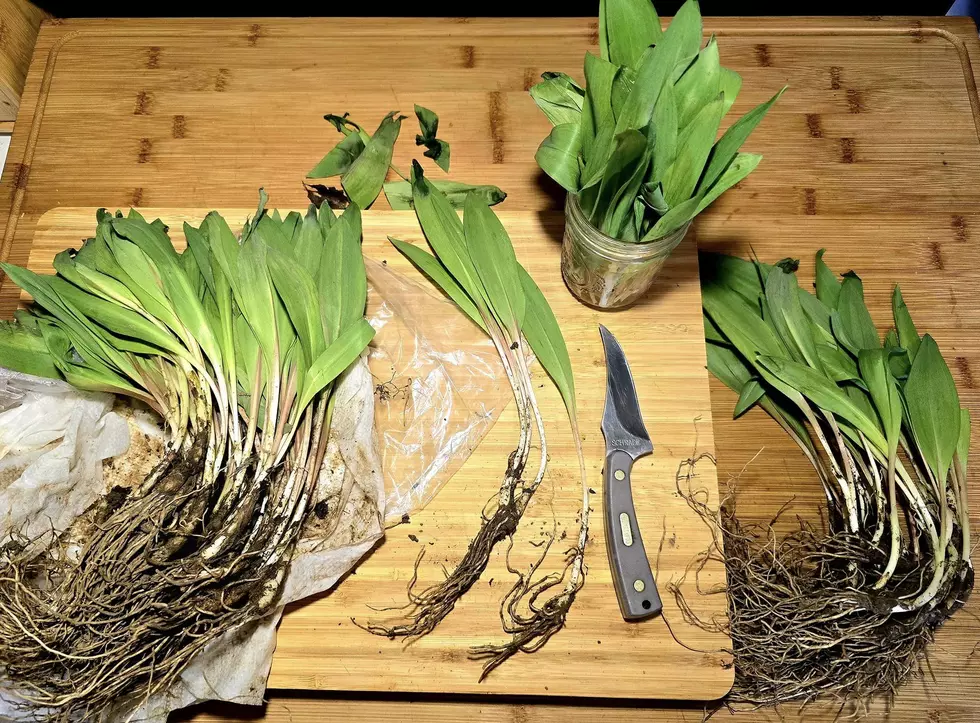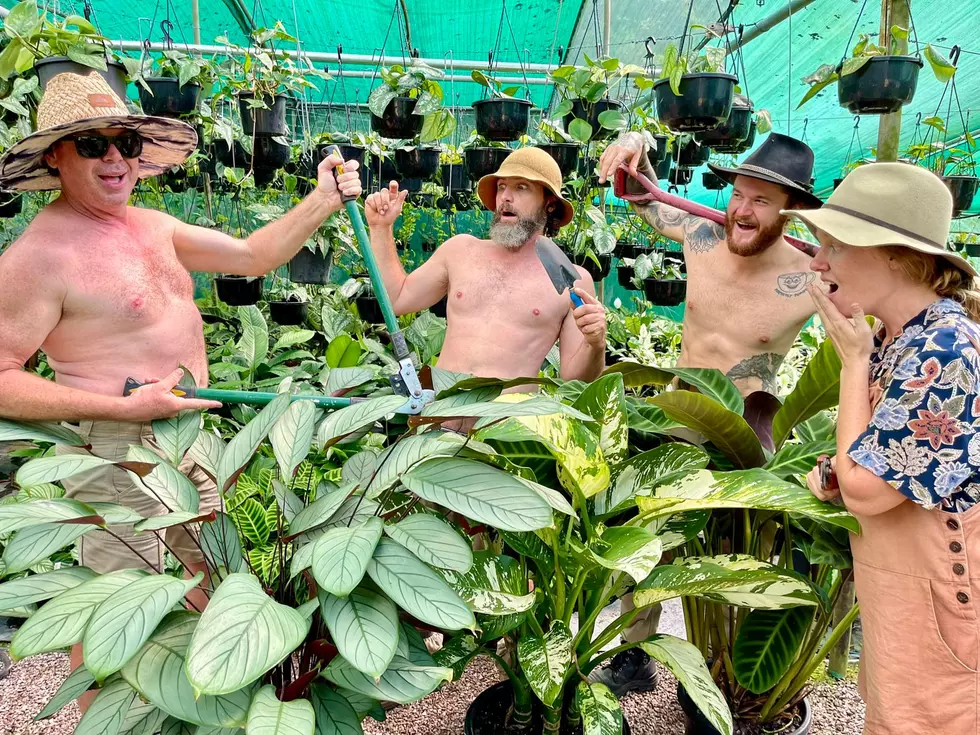
Animals Most Likely to Kill You
Ever wonder, which critter in the animal kingdom is most likely to do you in? Some people must have wondered this because Dr. Joseph Forrester and colleagues pulled statistics from the Center for Disease Control and came up with a report called "Fatalities From Venomous and Nonvenomous Animals in the United States (1999-2007)," published this past June in Wilderness and Environmental Medicine. Here are the results from lowest to highest: (Remember the results are from a seven year period)
#10. The number of deaths that resulted from interactions with crocodiles and alligators: 9
#9. The number of deaths that resulted from interactions with marine animals. 10, 8 of them from sharks.
#8. The number of deaths that resulted from interactions with venomous snakes or lizards: 59
#7. The number of deaths that resulted from other venomous arthropods such as fire ants: 63
#6. The number of deaths that resulted from interactions with venomous spiders: 70
#5. The number of deaths that resulted from interactions with non-venomous reptiles. This would include lizards and non-venomous snakes and the cause of death being bitten or crushed by the animal: 77
#4. The number of deaths that resulted from interactions with nonvenomous insects or nonvertebrates: 85
#3. The number of deaths that resulted from interactions with dogs: 250
#2. The number of deaths that resulted from interactions with hornets, wasps, or bees: 509
#1. The number of deaths that resulted from interactions with other mammals, a category that includes cats, cows, horses, pigs, raccoons, and other hoofed animals: 655. The biggest bringers of death are cows and horses.
The study concluded that the highest risk groups of people are farm workers, those that work in agriculture and small children with dogs. Just be aware and remember that regardless of whether or not an animal is domesticated, there will always be a level of behavior unpredictability.
More From WZOZ









